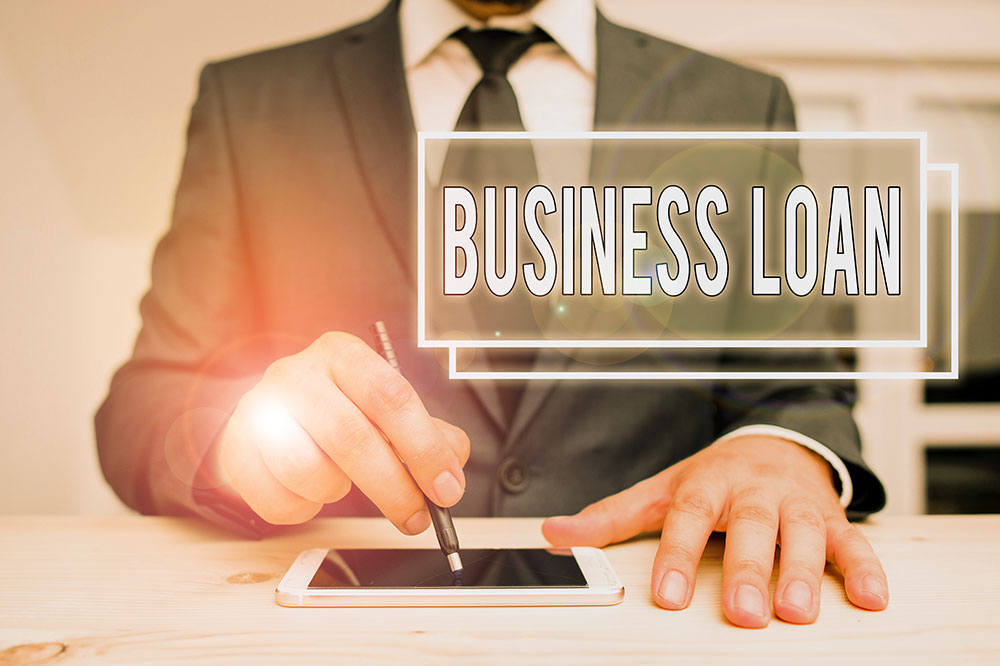7 foods that are rich in potassium

Among several minerals and nutrients necessary for the human body, potassium often gets sidelined or forgotten. A large number of people do not get the right amount of potassium from their everyday meals. Sodium and potassium are two minerals that are responsible for maintaining electrolyte balance in the body. There are several foods that are rich in potassium and can be included in your meals.
Some of them are listed below:
Bananas
Most people are already aware that bananas are rich sources of potassium. One medium-sized banana packs approximately 122 milligrams of potassium in it. Consuming bananas is great for ensuring that there is no deficiency of potassium in your body. You can also opt for plantains instead of bananas for similar nutrition requirements. Moreover, these foods are also rich in several other vitamins, minerals, and fibers that are good for your digestive health.
Potatoes
Potatoes are also essential food ingredients rich in potassium and can contain around 900 milligrams of potassium. A useful way to get the most benefits from potatoes is by consuming them with their skin intact since it is extremely rich in essential nutrients. Even sweet potatoes are also loaded with potassium and may contain as much as 500 milligrams of potassium with its skin intact.
Avocados
Avocados are increasingly becoming popular as a healthy food ingredient. Apart from omega-3 fatty acids, it also contains a large proportion of vitamin K, folate, and potassium. Moreover, avocados contain a low amount of sodium, which is beneficial for people looking to control their blood pressure levels.
Spinach
Green leafy vegetables are largely rich in nutrients such as potassium, calcium, essential vitamins, and minerals. One cup of spinach or other leafy green vegetables may contain approximately 400 to 600 milligrams of potassium. They also contain important antioxidants that help in protecting the body from diseases and illnesses.
Seafood
If you aren’t a vegetarian and are not allergic to seafood, including certain types of seafood can be really beneficial for your health and wellness. Fish like salmon, mackerel, and tuna can contain 700 to 800 milligrams, whereas clams can also contain up to 500 milligrams of potassium.
Tomatoes
Chopped or cooked tomatoes can be used in a variety of ways when cooking your regular meals. Using chopped tomatoes, a tomato paste or even marinara sauce can help add as much as 400 to 650 milligrams of potassium to your meals every single time. Tomatoes are also rich in other minerals necessary for the body, such as vitamin C, vitamin K1, vitamin B9 or folate, and other antioxidants such as lycopene and beta carotene.
Dairy
We all know that milk and milk products contain calcium and carbohydrates in high quantities. But dairy products are also rich in potassium. For those who aren’t lactose intolerant, including a moderate number of dairy products in their regular routine can be beneficial. The low-fat varieties of dairy products can easily contain 350 to 500 milligrams of potassium.






